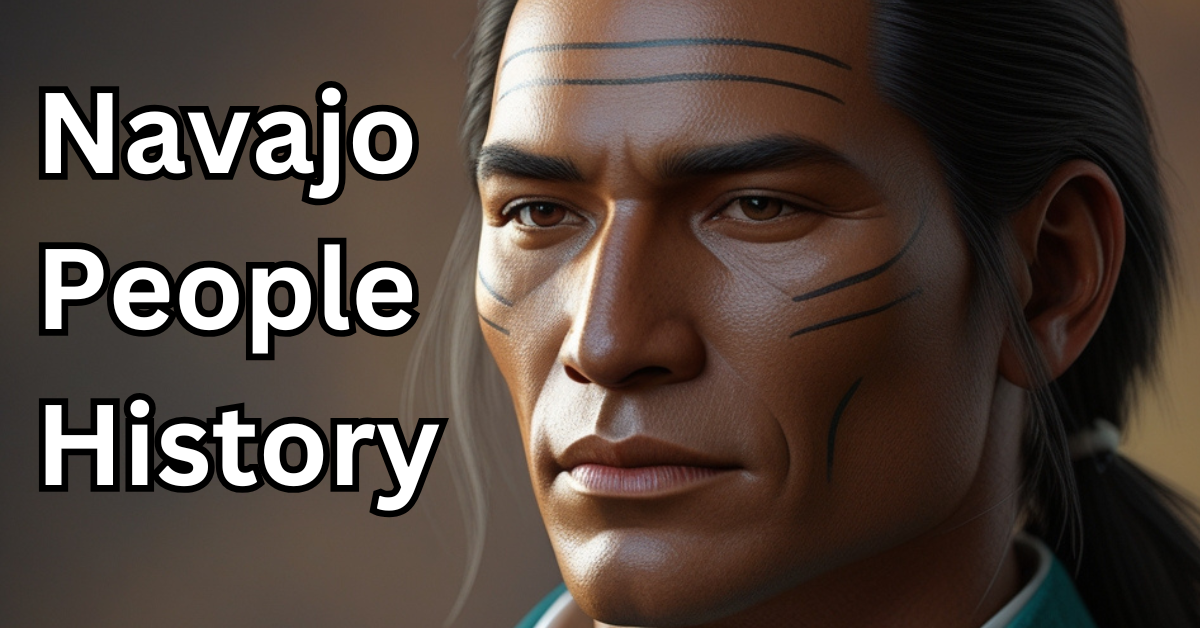A Brief History of the Navajo Nation
The Navajo Nation is the largest Native American tribe in the United States, with a population that speaks Navajo more widely than any other Native language. Spanning over 24,000 square miles—an area comparable to the state of West Virginia—the Navajo Nation extends into Utah, Arizona, and New Mexico. It is home to over a dozen national monuments and tribal parks.
Scholars attribute the Navajo’s resilience to their ability to adopt useful elements from other cultures, including the Puebloans, Paiutes, Spanish, and Anglos, while preserving their unique identity and traditions.
For a deeper dive into Navajo history, consider reading local scholar Robert McPherson’s article at UtahHistoryToGo.
Origins and Early History
The Navajo (Diné) are part of the Athabascan-speaking peoples believed to have migrated from Asia into North America via the Bering Strait during the last Ice Age. Around 1000 A.D., the Athabascans began moving southward.
According to Navajo beliefs, their ancestors traveled through three or four worlds beneath this one before emerging into the current world in what is now southwestern Colorado or northwestern New Mexico. The gods created four sacred mountains—Blanca Peak, Hesperus Peak, Mount Taylor, and the San Francisco Peaks—to act as supernatural boundaries, offering safety and protection within their expanse.
Anthropologists debate the timing of the Navajo’s arrival in the Southwest, but by the late 1500s, they had settled across northern New Mexico, southern Utah, and northern Arizona. By 1525, the Navajo had established a thriving culture in the area near present-day Farmington, New Mexico.
Influence of the Spanish and the Pueblo Revolt
The arrival of the Spanish in the 16th century introduced livestock such as sheep, goats, and horses, which became central to the Navajo economy and way of life. By 1700, extended family units migrated into northern Arizona and southeastern Utah, seeking pasture for their herds and planting crops along the San Juan River floodplains.
The Pueblo Revolt of 1680 further shaped Navajo culture. The Pueblo people, rebelling against Spanish oppression, found refuge among the Navajo, who welcomed them and adopted some of their cultural values. However, conflicts with the Spanish persisted. During the late 18th century, the Spanish allied with the Comanche and Ute tribes to challenge the Navajo.
The Long Walk and Forced Relocation
By the time the U.S. acquired the Southwest in 1848, the Navajo were among the wealthiest Native American tribes, owning large herds of livestock. However, tensions with white settlers escalated. In 1863, under the command of Christopher “Kit” Carson, the U.S. Army implemented a scorched-earth campaign, destroying Navajo crops and livestock.
This led to the forced surrender of the Navajo and their subsequent 300-mile march to Fort Sumner in New Mexico, a tragic journey known as The Long Walk. Hundreds perished during the march, and thousands more died in captivity due to overcrowding, poor sanitation, and insufficient supplies at the fort.
In 1868, General William Tecumseh Sherman, moved by a Navajo leader’s plea, helped establish a treaty allowing the Navajo to return to their homeland. This treaty created the Navajo Reservation, with later expansions in southeastern Utah through an 1884 executive order.
Modern Developments and Contributions
The arrival of the railroad in the 1880s brought new opportunities, allowing Navajo arts and crafts to reach broader markets. In 1924, Native Americans were granted U.S. citizenship, further integrating them into American society.
World War II marked a turning point for the Navajo. Many joined the military or worked for wages. Among the most celebrated contributions were the Navajo Code Talkers, whose unbreakable code, based on the Navajo language, played a crucial role in securing Allied victories in the Pacific Theater.
Today, the Navajo Nation continues to thrive, balancing modern advancements with the preservation of its rich cultural heritage.
